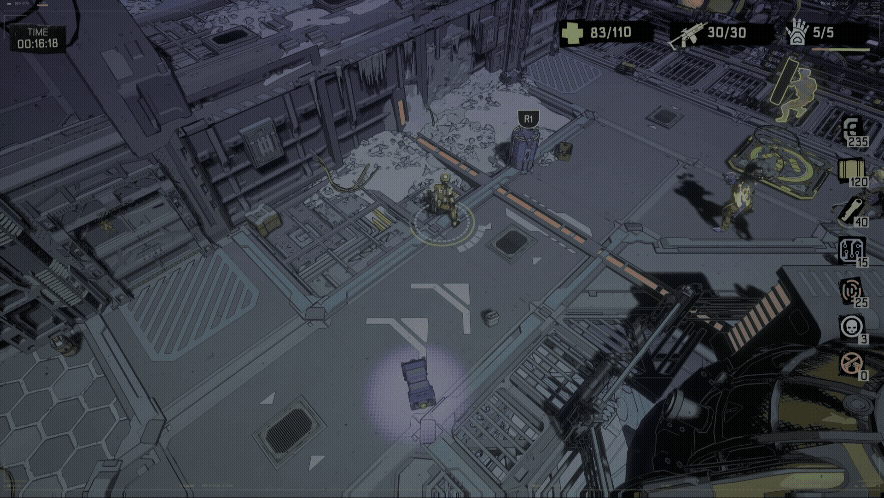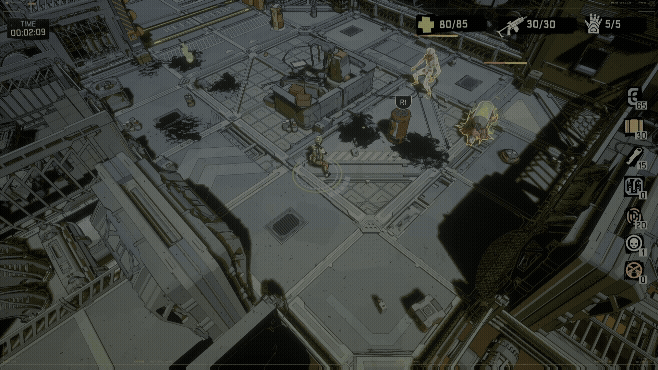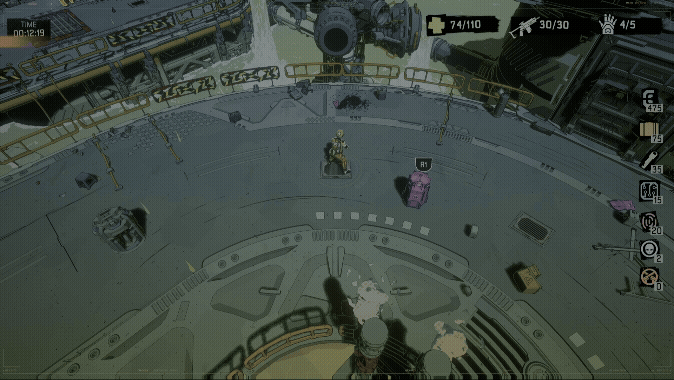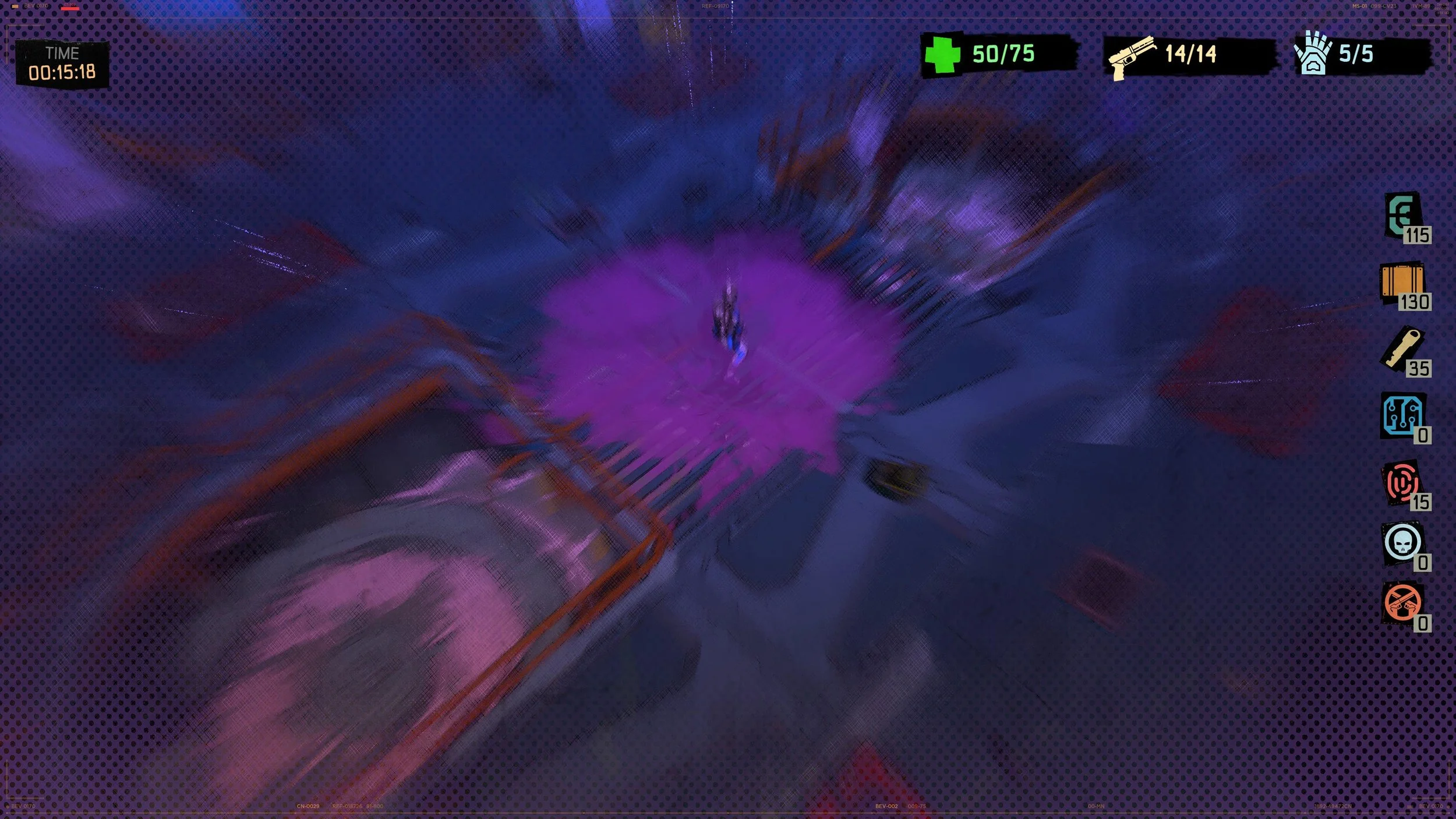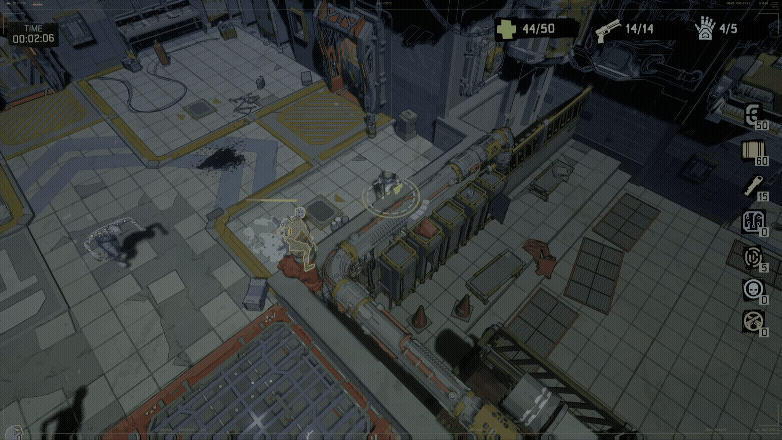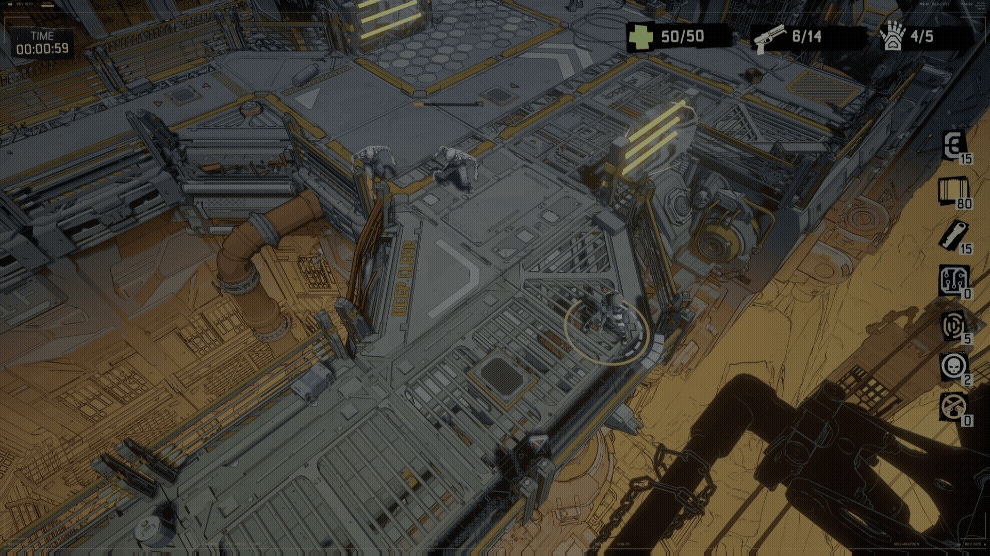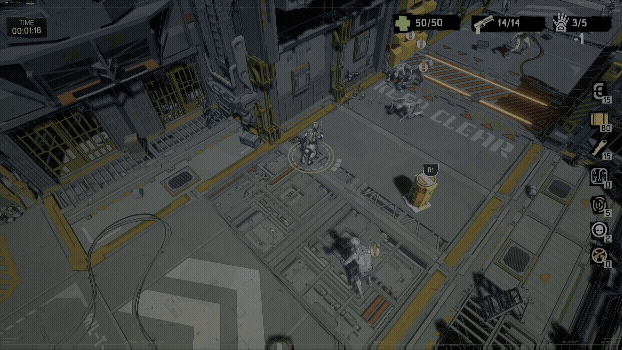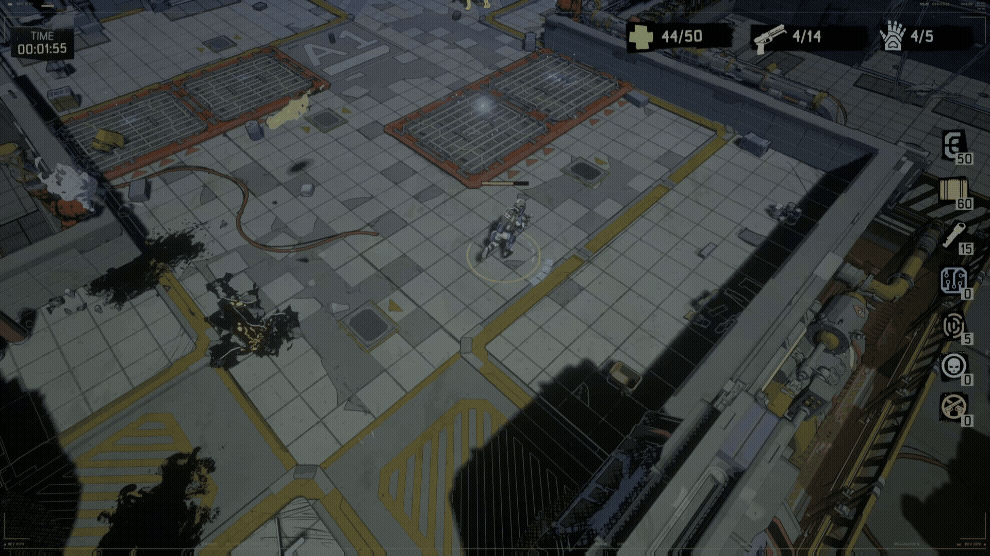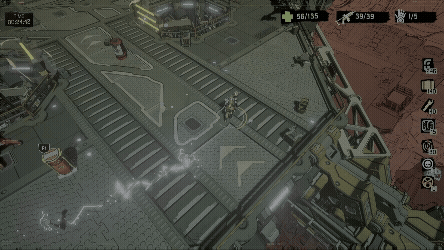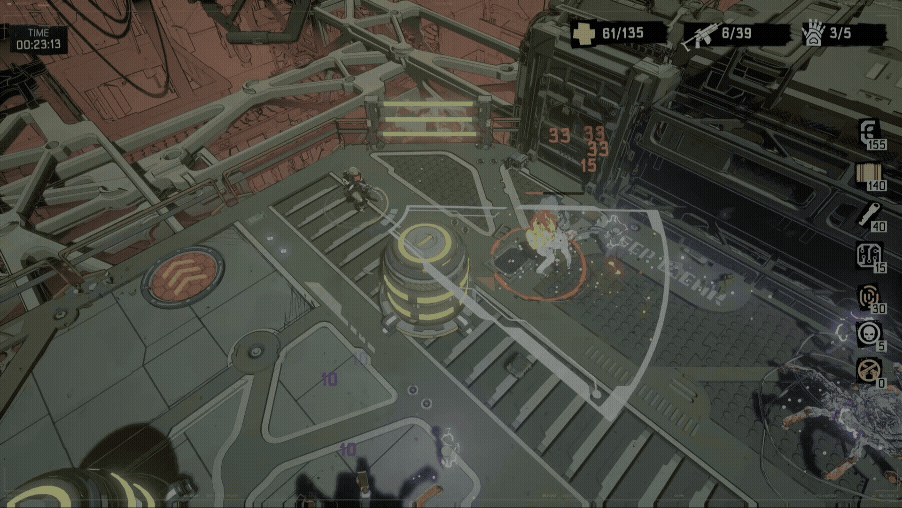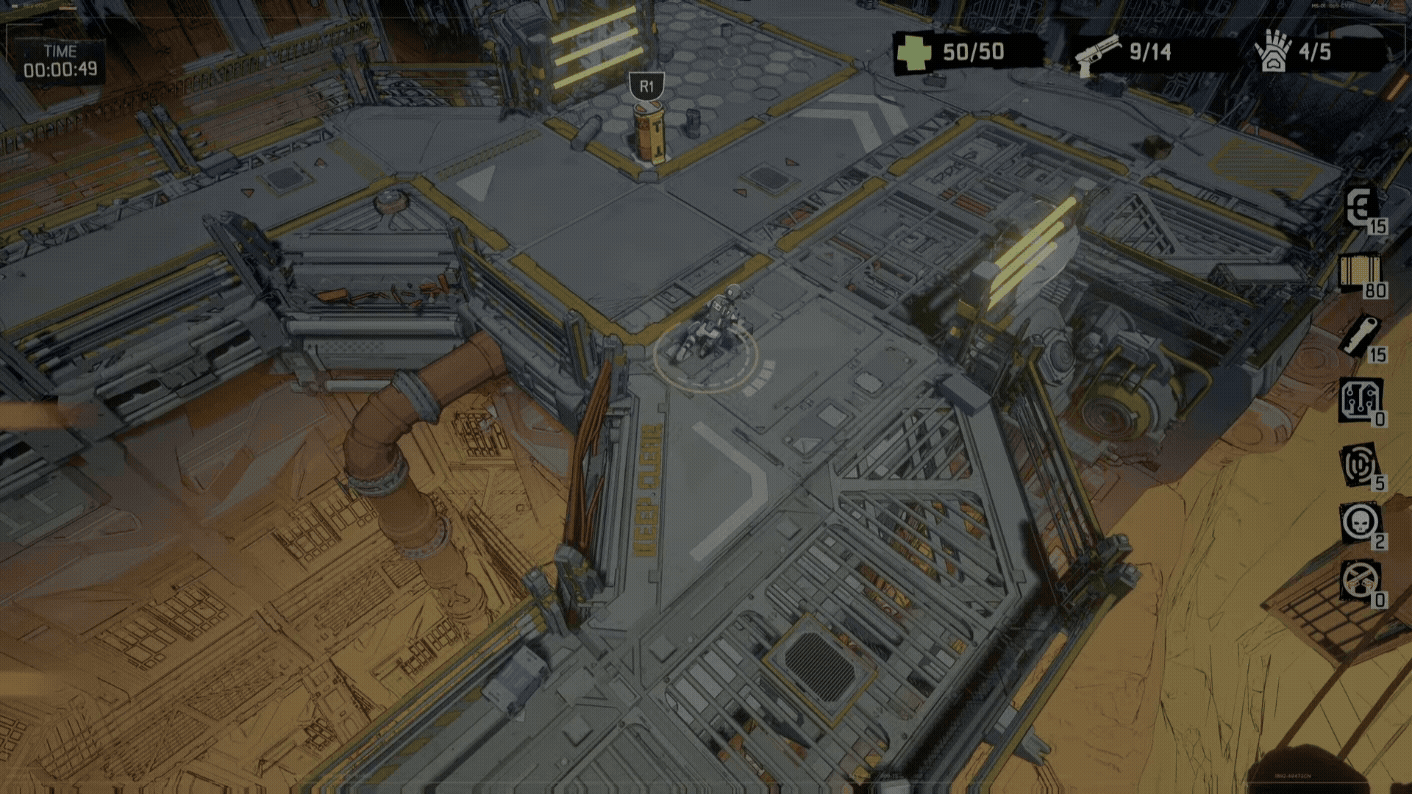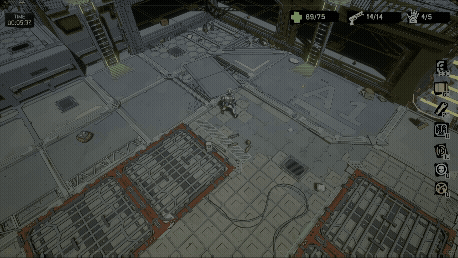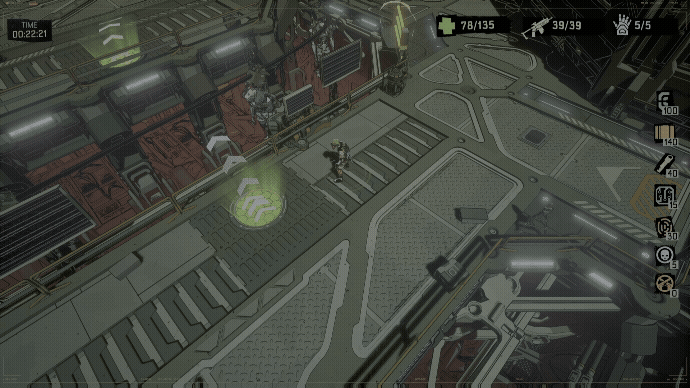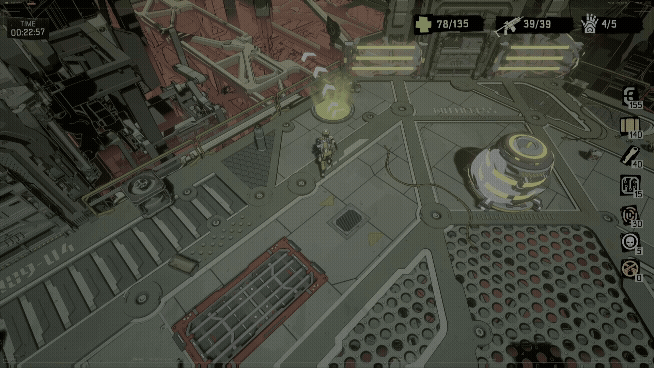[REDACTED]
hIGH cONCEPT
A fast-paced, rogue-like game where players take control of prison guards trying to escape Black Iron Prison. Guided by a mysterious figure, players will face new monsters and machines as they race against prisoners and staff to get to the last escape pod..
Development Time: ~ 14 Months
Team Size: Core Team of ~ 20 + Rotating support teams.
Unreal Engine 4
Design Objectives
Create a Level Design template and best practices using tools to create dozens of maps.
Utilize player-driven data to create progression loop.
Prototype interactables and hazards to accentuate the action-oriented gameplay.
Defining Metrics:
[REDACTED] being an isometric game creates a strong foundation for defining Level Design metrics that enabled us to create maps and iterate quickly. The player is always grounded, has a quick dash, and utilizes a twin-stick shooter control scheme to allow for intuitive combat. Having these conditions up front allowed me to define metrics and create design documentation outlining room sizes and categorization early on which allowed my lead and I to build out rooms quickly. Prototyping and build other, more in-depth features such as the progression mechanics, environmental props, and hazards would then become the main focus.
Level Biomes:




Mirroring the Callisto Protocol, the biomes matched the same environments as the game. Each biome had its own theme, color scheme, and level design. Convict Cagematch took place inside the prison and featured more straight lines of sight. Sludge Tunnel’s layout utilized curved hallways and circular rooms - this actually meant the player would have longer distances to travel, so it could be easier to get stuck between enemies. Cold Dead Hand consisted of larger, open spaces because it was filled with enemies that cover distance quickly, as well as enemies with slowing projectiles. Avionic Anarchy’s layouts are generally more simple than the other biomes, but this area is packed with strong enemies and unique challenge rooms that required the player to fight in multiple arenas of enemies.
Progression:
I built the “Start Room” which would become the main hub of the game. Every run begins here, so we defined what types of things the player would need and like to see as they would spend a significant amount of time here. I designed and built most of the kiosks and environmental props featured in the starting room.
Biome Screens and Boss Holograms:
Using player telemetry, I access that data and fed key variables into these Blueprints I designed and built. The base class pulled when the player made it to a biome, defeated a boss, and how many times the player died in each biome.
Rivals Screens, Attack Kiosk, and Control Room:
When meeting a Rival, I created Blueprint assets placed throughout the Start Room for each Rival. It consists of a screen and a base that pulls telemetry data from the Rivals System that was built by our technical designers.
When the Rival appears, their portrait will be featured on their corresponding screen. When they are defeated, a unique item will be displayed at the base.
The Control Station is the kiosk where players can purchase more attacks to challenge the Rivals during a run. I also adjusted the room selection logic to integrate Computer Rooms during a run. These rooms allow the player to “unredact” a piece of information about available Rivals and gain buffs against them. The logic is such that a player will be present with one Computer Room per biome.
Unlockable Kiosks:
Having designed the base class for the kiosks, I assembled and built the blueprints for all of the unlockable and purchasable kiosks. Our UI artists would create the the UI screens, and I would hook up the logic for players to interface with the kiosk itself and unlocking when conditions are met.
An example of some of the unlockable kiosks that can be accessed during a run.
Environmental Hazards:
Having built some hazards in Riot Mode, [REDACTED] was a great opportunity to explore more hazards and interactables in the environment. I was responsible for the design, construction, and implementation of all hazards and environmental interactables in the game.
Explosive Barrels:
Utilizing our gameplay ability and damage systems, I created various different types of explosive barrels with different effects. Barrels can be hit with melee attacks, but ranged shots go over them. There are also 3 unique ways of triggering the barrels:
manually Detonate
Use the key binding to detonate the barrel when close enough to see the prompt.
Kick
Use the Kick ability to shove it in the direction you’re aiming.
Push with Grp
Use the GRP to push the barrel.
Barrel Variations:
Poison Barrel:
Leaves a pool of acid on the floor that shreds enemy armor.
Ice Barrel:
Freezes enemies in place. Slows the player if they get caught in the blast zone.
Electric Barrel:
Leaves an electric cloud that applies the Shocked status effect. It’s really effective with certain abilities as it allows lighting to chain between enemies.
Flame Barrel:
Leaves a pool of magma that adds the Ignite condition to anyone that touches it.
Gas Barrel:
The Gas barrel is an interesting one in that it leaves a cloud that stuns enemies. It’s very effective, but being stunned as a player felt frustrating, so I opted to use a colorized post processing effect to obscure the player’s vision while in the cloud. It’s the only hazard that doesn’t cause direct damage, but is still powerful and useful.
Phsyics Prop Hazards:
These hazards are physics props that react to any impulse and trigger in the same cadence as the barrels. There are also similar variants so the effects can be predictable and have a startup that players can react to when triggered.




Turrets:
Each Turret has a corresponding pressure panel that triggers them. Each turret can also be customizable in terms of spread fire, rapid fire, and whether or not enemies can trigger the turret as well. The 4-Way Turret can have any number of active turrets - I set them depending on the room layout.
Steam Pipes:
Steam pipes are triggered by both enemy and player attacks. Once triggered, they let out a continuous stream of steam that deals damage-over-time at a fast rate.
Breakable Handrails:
Handrails are are used in every room as part of the environment kit. I had the idea early on that players should be able to send enemies flying off the stage. This was actually the first hazard I designed, so I built this along with a kill volume that needed to be placed in each room as part of our design template.
Crushers:
I built the Crushers in Riot Mode, but I had to make modifications to its functionality to get it working in this game. It is continuously active and responds when stepped inside and loops while a pawn is present inside its mouth. The art also needed to be updated as to avoid a mature rating. Similarly, there Spinning Fan hazards featured in this game, but those were simple to implement as they were imported easily.
Electric Floors:
Electric Floors hac similar logic to the Crushers where they remain active as long as a pawn is on top of it. It has a charge up and deals burst damage. I made it this way so players have a chance to react to the start up and can dash out if timed correctly.
Tracking Laser:
The Tracking Laser is feature in the final biome of the game. I placed them in choke points on the edges of the rooms. It deals a lot of continuous damage, so it’s intended to keep the player on their toes and force them into the center of the stage or speed through said choke point.
Environment Interactables:
I built a few assets that are meant to bring a bit more flavor to the layouts. The flatness of designing an isometric game is immediately noticeable, so I made an effort to break up some of the rooms to add a layer of verticality. I also created an asset late in development that happened to be a lot of fun in testing, so I pitched and got it approved as it added an interesting effect on how players dash through the rooms.
Bumpers:
I made a prototype because during playtest sessions, I noticed players were dashing along the edges of the rooms and completely avoiding all hazards. Players weren’t exactly threading the needle as I had hoped, so I built the bumpers as a way to knock players into traps, or back towards the center of the room. I initially had variants that apply status effects, but opted to cut that as it was too punishing.
Ladders and 2 Story Rooms:
Each biome has several 2 Story rooms. The intention was to create some verticality add some dynamics to enemy traversal. It enabled us to use some of the unique spawn animations we had for enemies. Having enemies run into the level and drop down is a nice visual effect that breaks up the pace.
Jumps Pads and The Gauntlet Rooms:
I designed and built the Jump Pad prototype as a way to give the player another movement option in the final biome as there are a lot of difficult enemies that affect movement. I worked with engineers to optimize how it affects the player state and controller inputs while airborne. There’s also a force push upon landing in case enemies happen to be idling at the end location. I placed the first Jump Pad in the starting transition area to give the players a chance to learn how it works in a controlled space. I also placed one before facing the final boss for an added sense of tension.
For Gauntlet Rooms, players must compete combat in the room, then the Jump Pad is enabled once the floor is cleared. The Jump Pad leads to the next floor where enemies lie in wait. Each gauntlet consists of 3 floors and have custom encounters I put together for balancing. If left to the normal functions of the encounter system, it would be extremely difficult. The Gauntlet Rooms are meant to present a challenge unique to the final biome of the game.


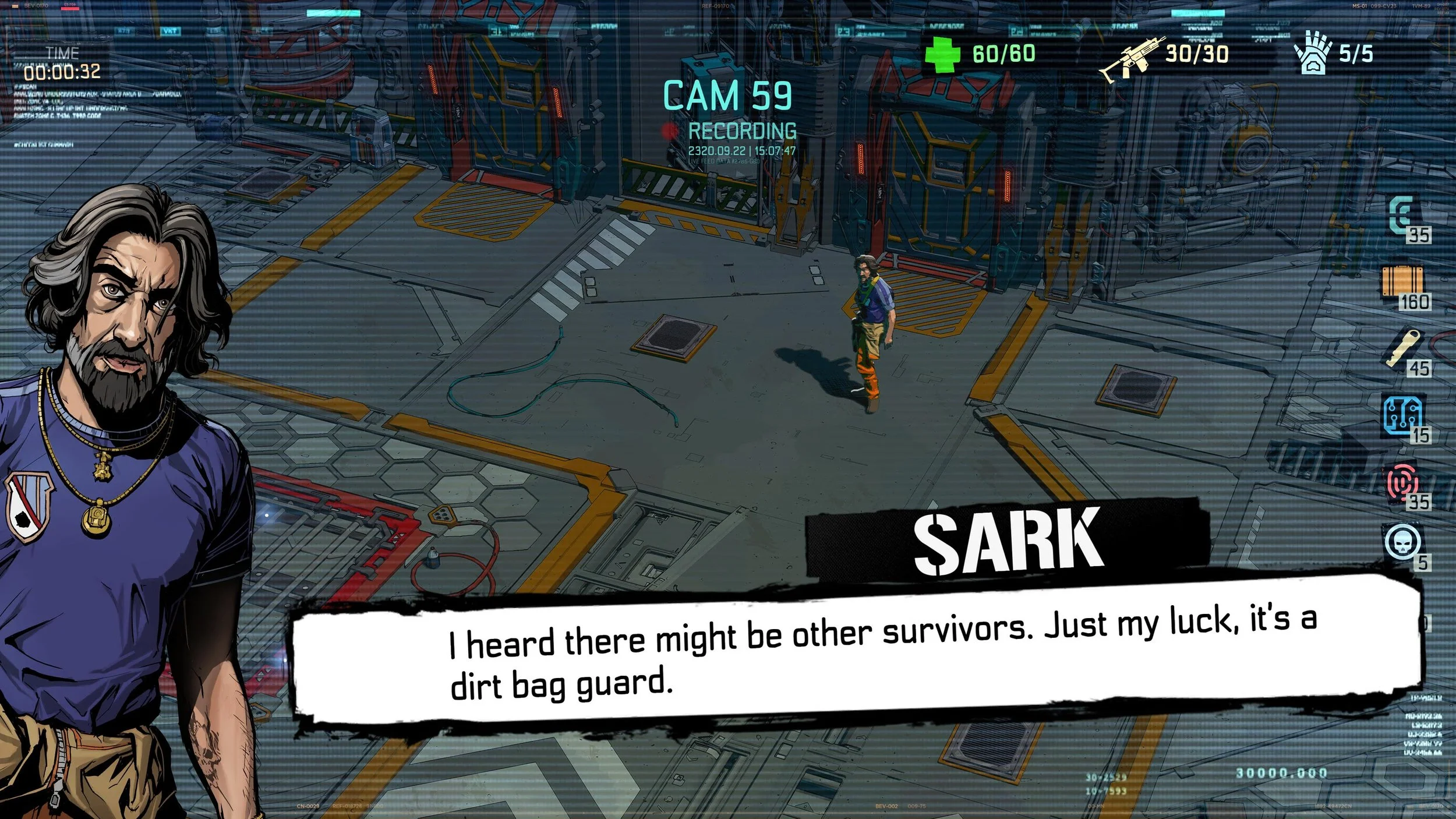




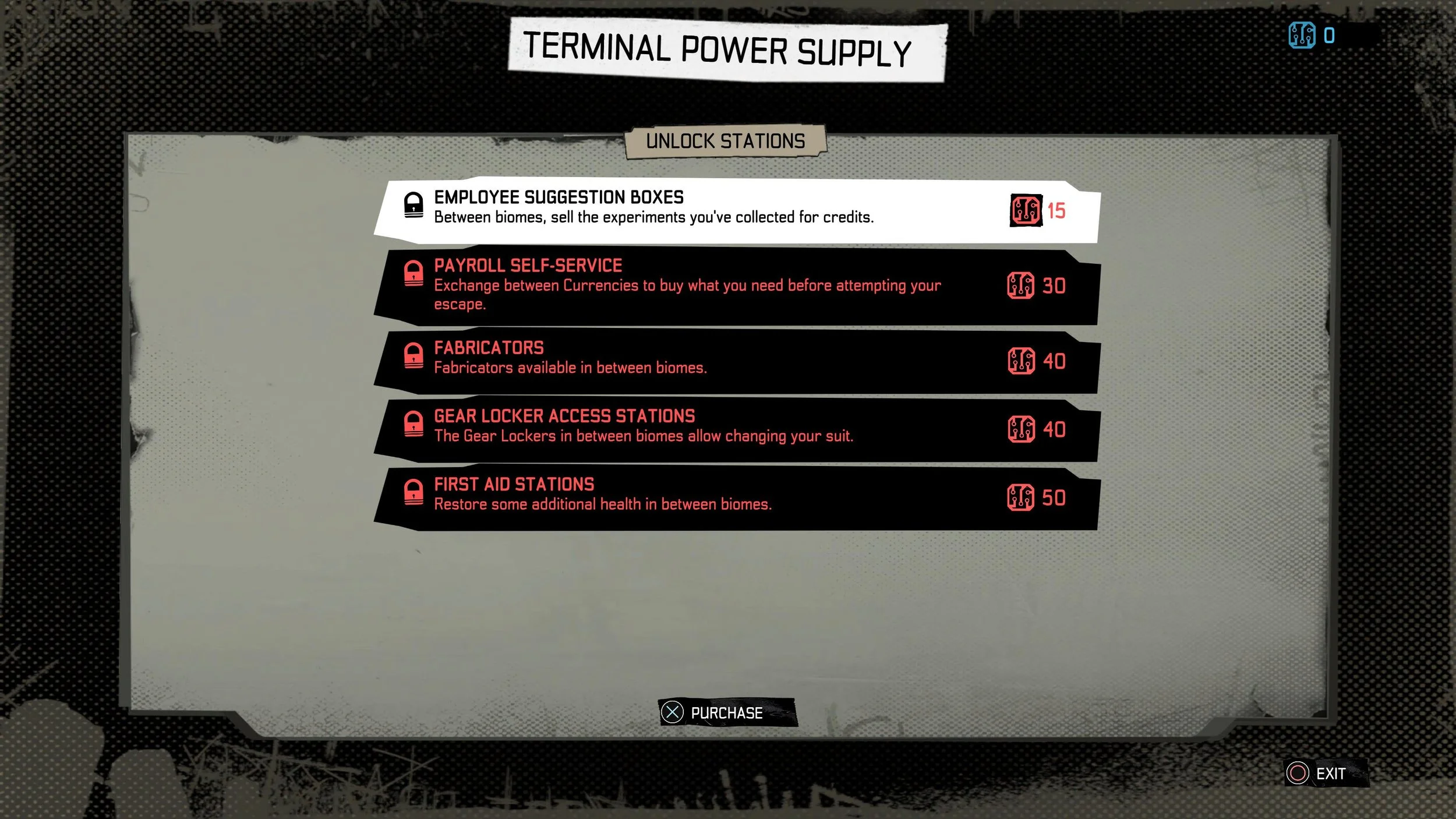
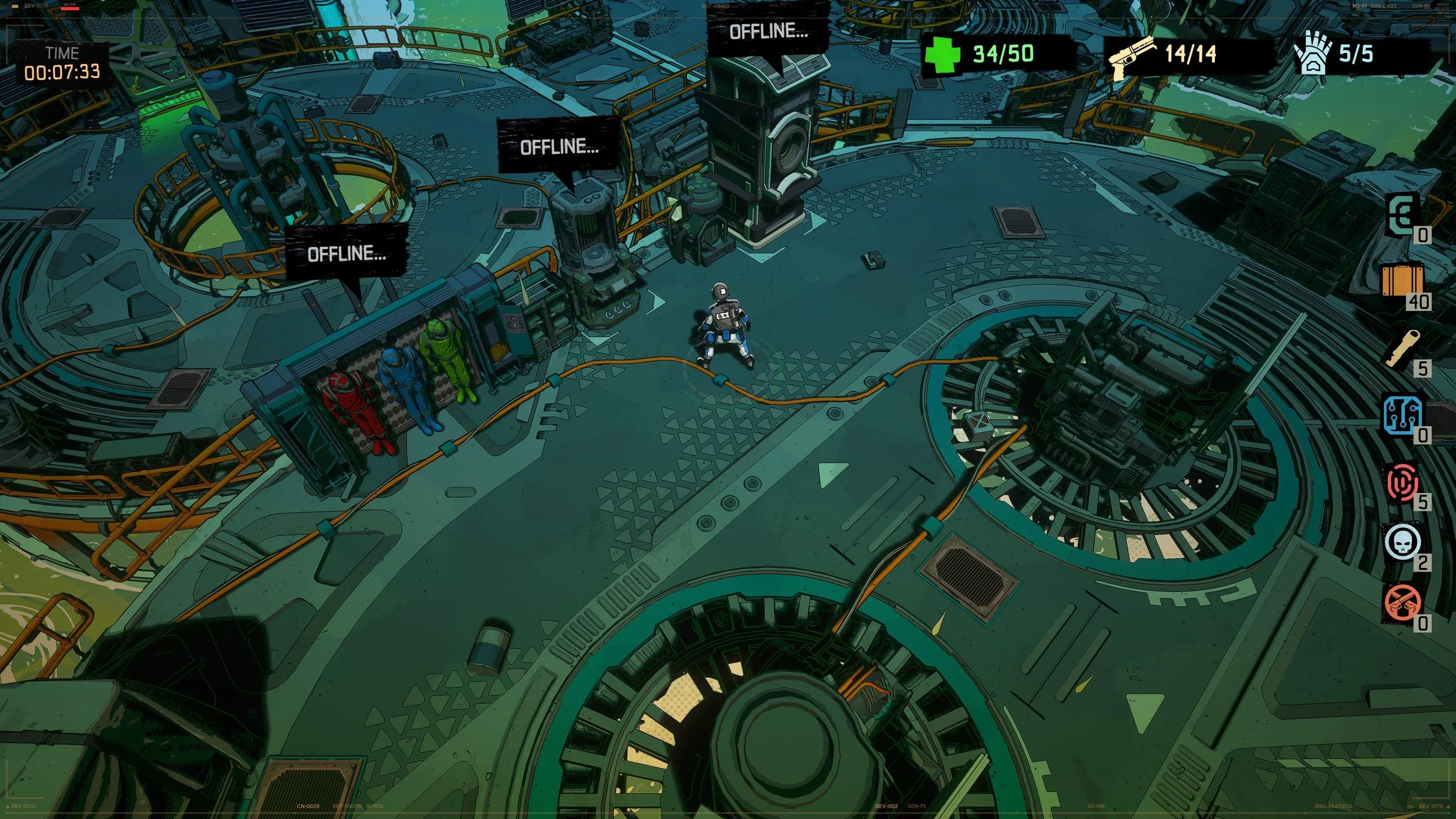
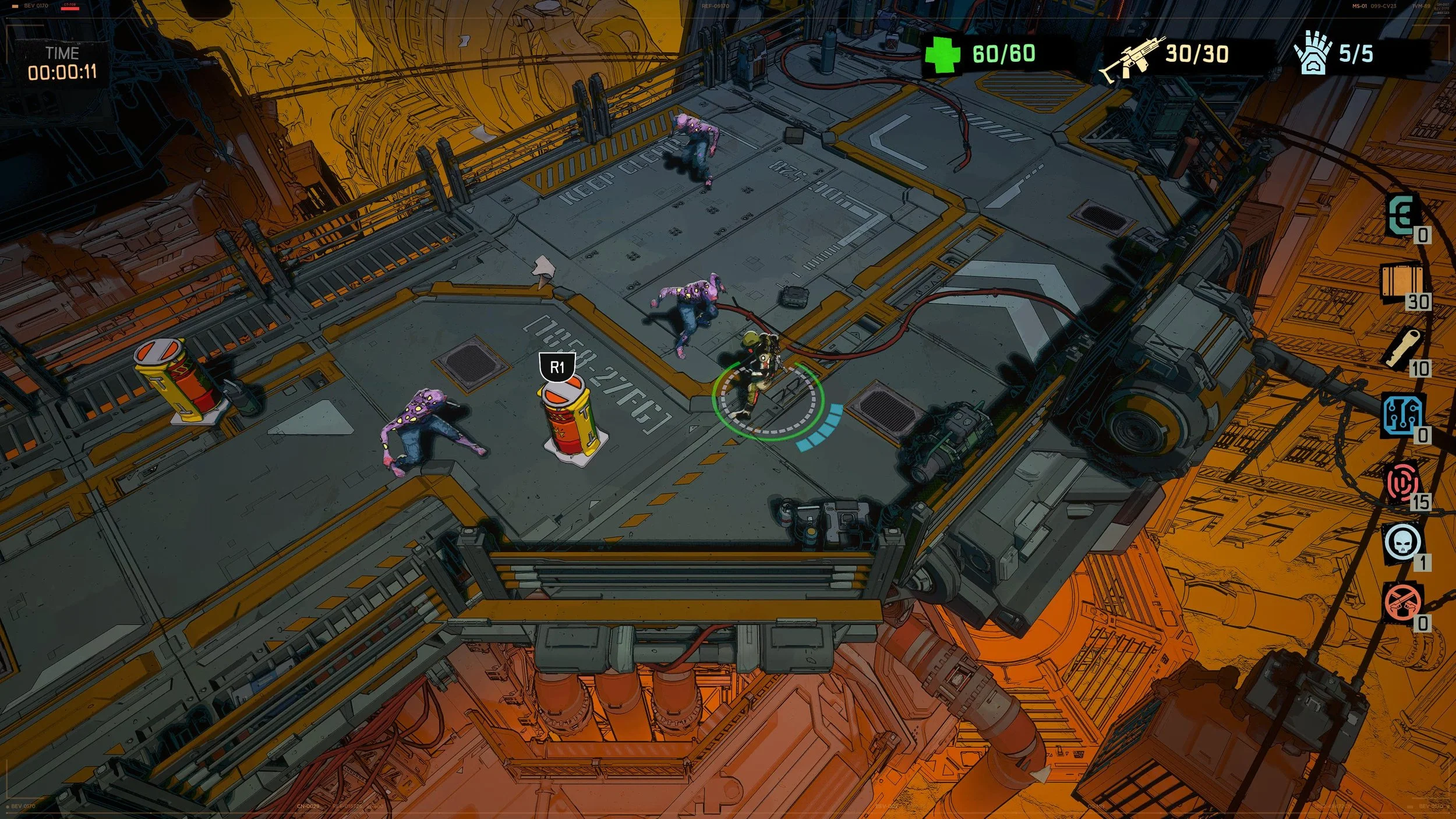
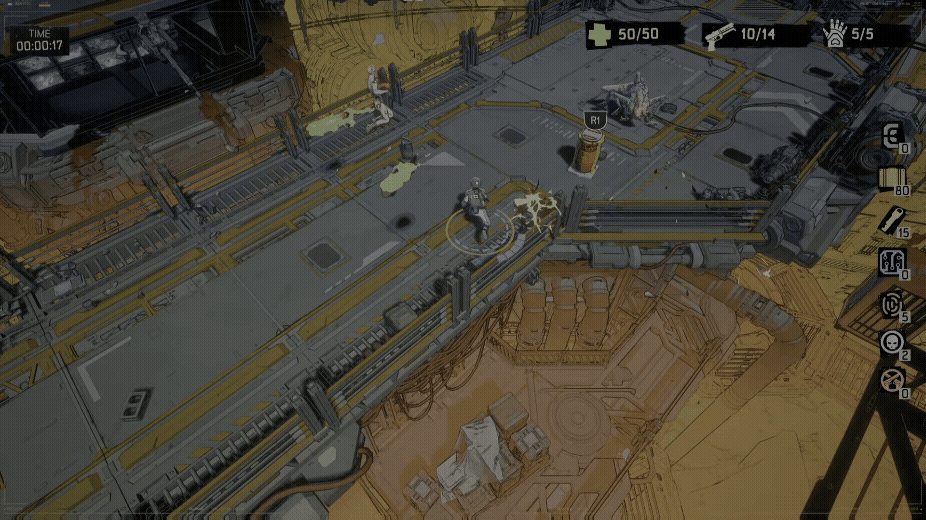
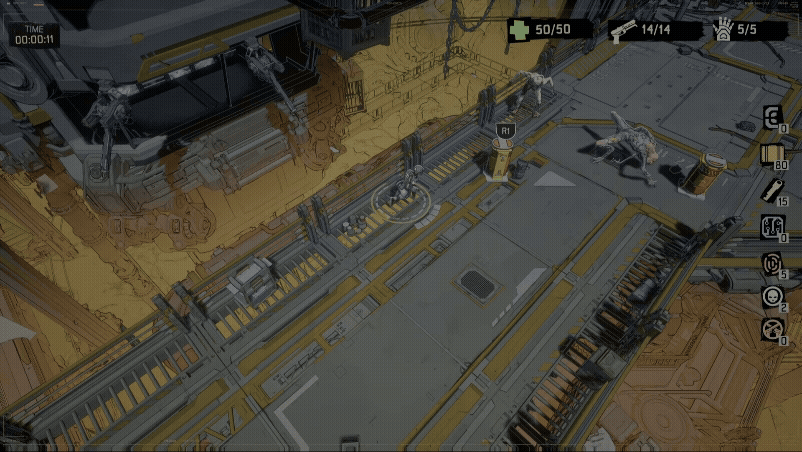
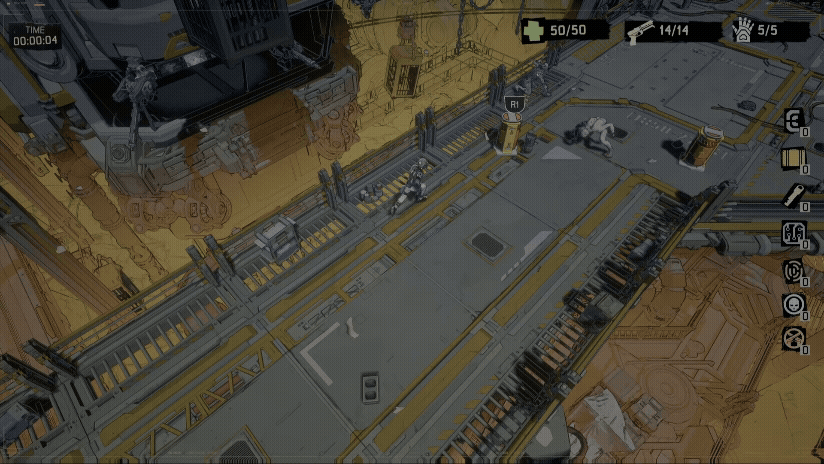

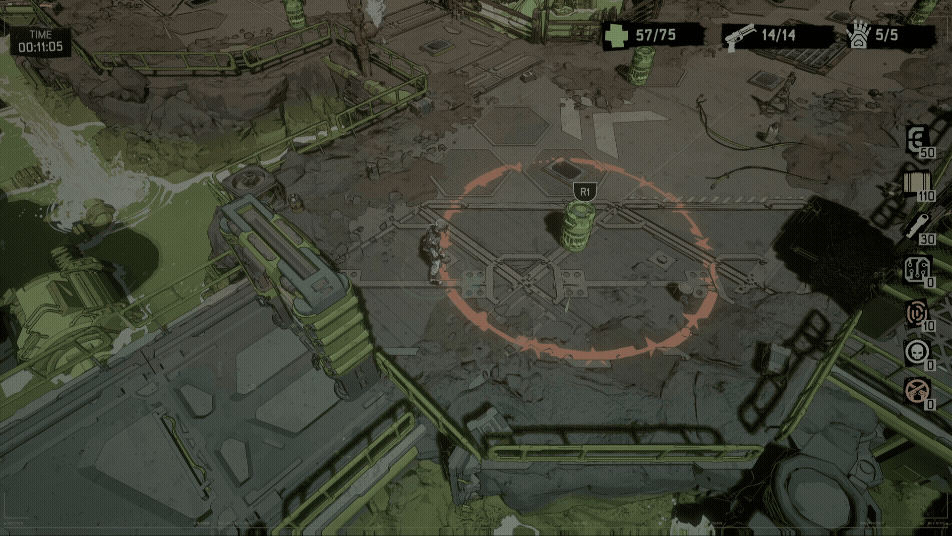

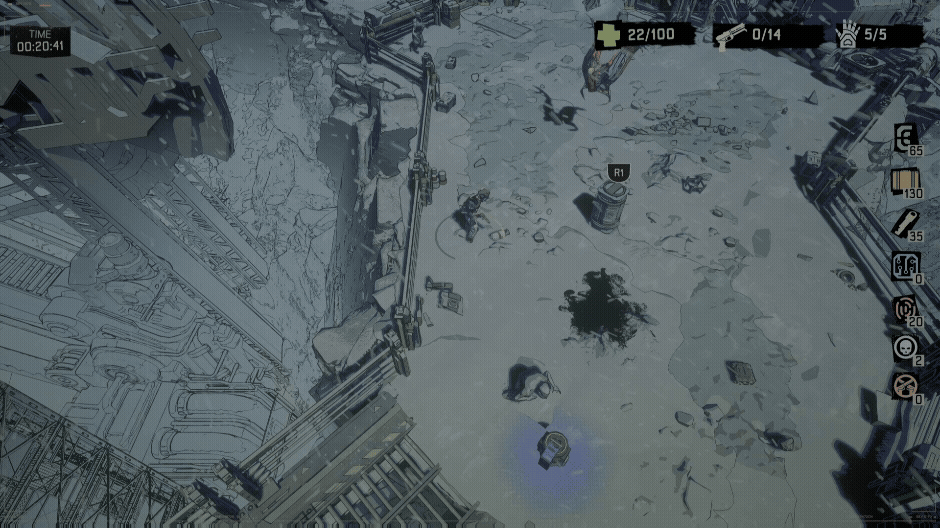
![[REDACTED]_20250922145027.jpg](https://images.squarespace-cdn.com/content/v1/5c16ff8496e76f8eb47485bc/1758609924583-LL4CXG2846IWQHBCCIMB/%5BREDACTED%5D_20250922145027.jpg)
